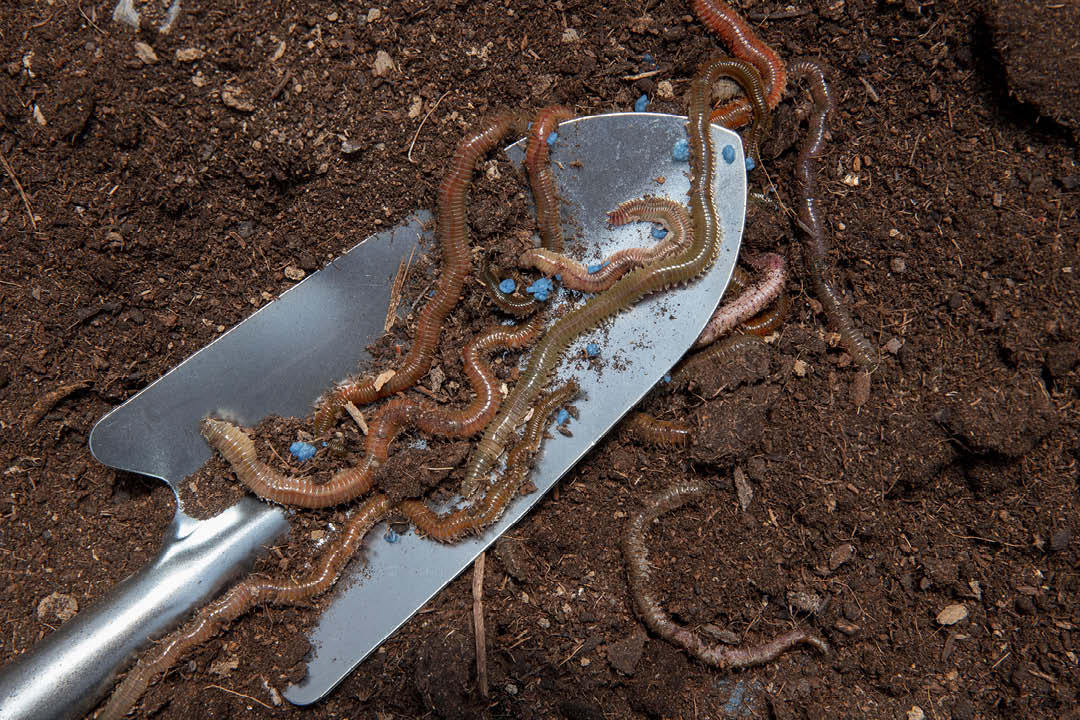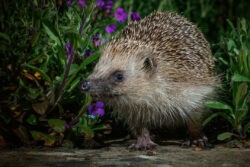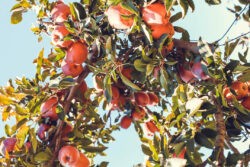Charles Darwin, 1809, the man behind the theory of evolution, called them, “natures plough”, and spent his later years studying these creatures. He wrote a book about them, a best seller in its day, which was as well read as his infamous “Origin of the species”.
Aristotle (Greek philosopher 384 BC) called them “the intestines of the earth.”
Monty Don (circa 2010) describes them as a “perfect composting machine and creatures to celebrate”.
What are we referring to that they were/are viewed as so important to these well-known people?
EARTHWORMS!!!
Cleopatra, one of the most famous female rulers in history, and Queen of Egypt from 51 BC -30 BC, was a massive worm fan…she recognised just how valuable worms were to soil fertility in the cultivation of the Nile valley and to Egyptian agriculture. As a result, she established laws to protect them, declaring them to be sacred, and ruling that they must be protected by all her subjects, indeed anyone caught taking worms out of Egypt was to be put to death!
After that startling fact, perhaps we must ask ourselves how well we really understand these small creatures that have been wriggling about and tending the soil for over 120 million years, possibly one of the first creatures to leave the oceans and crawl onto land.
So…what do they do?
Simple creatures, a basic tube, mouth at one end, and they excrete from the other end. They contract their segments to move, have five tiny basic heart like structures to pump blood around the body. If cut at the tail end they MAY regenerate, but if cut at the head end, they will die. So please don’t hurt them!
They breathe through their skin, so need to be damp.
There are surface worms, topsoil worms and subsoil worms which burrow 5 to 6 feet down. In digging through the soil, they create tunnels which aerate the soil, reduce compaction allowing water through, and reduce flooding.
Earthworms feed on soil, dead leaves and decaying plant remains which they pull down into their burrows, digest and these pass through their bodies, emerging sometimes as a visible worm cast on your lawn, (a small pile of what looks like soil on your lawn but is amazing plant food, between 11% and 50% richer in nutrients than what was eaten).
Worm casts on lawns can be simply brushed over the grass…and provide rich fertiliser = green lawn!!
This excretion is very rich in important nutrients, perfect for plant growth (nitrogen, potassium, magnesium, and phosphates, to name a few). No wonder Cleopatra wanted to ensure Egyptians cared for these creatures.
So how to care for them…. the more the better for your plants !
Don’t dig if possible…. spread your compost over the soil and leave it to the worms…
Never use pesticides.
Treat them gently, they are rather sensitive to rough handling or drying out.







